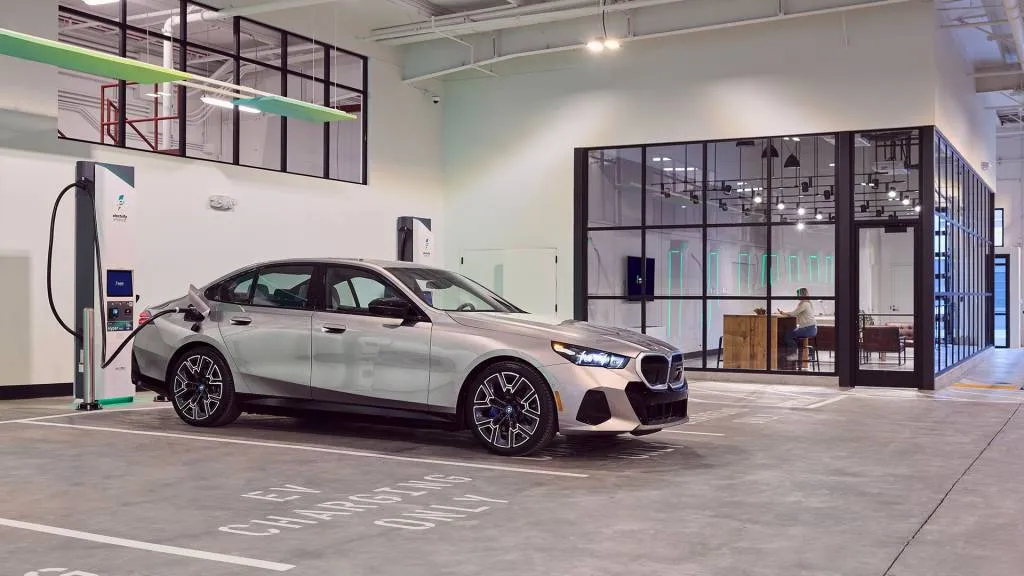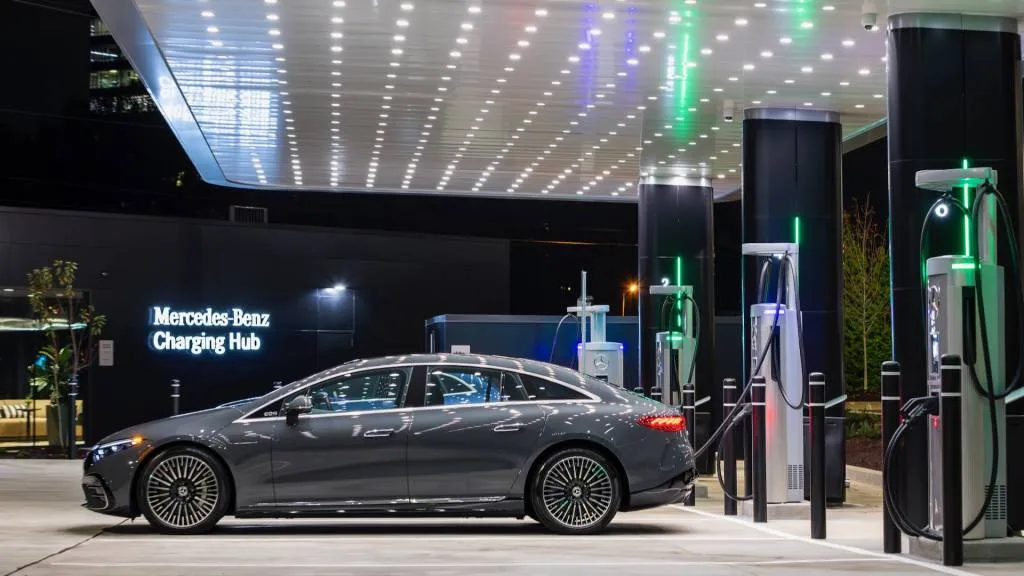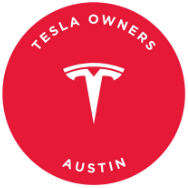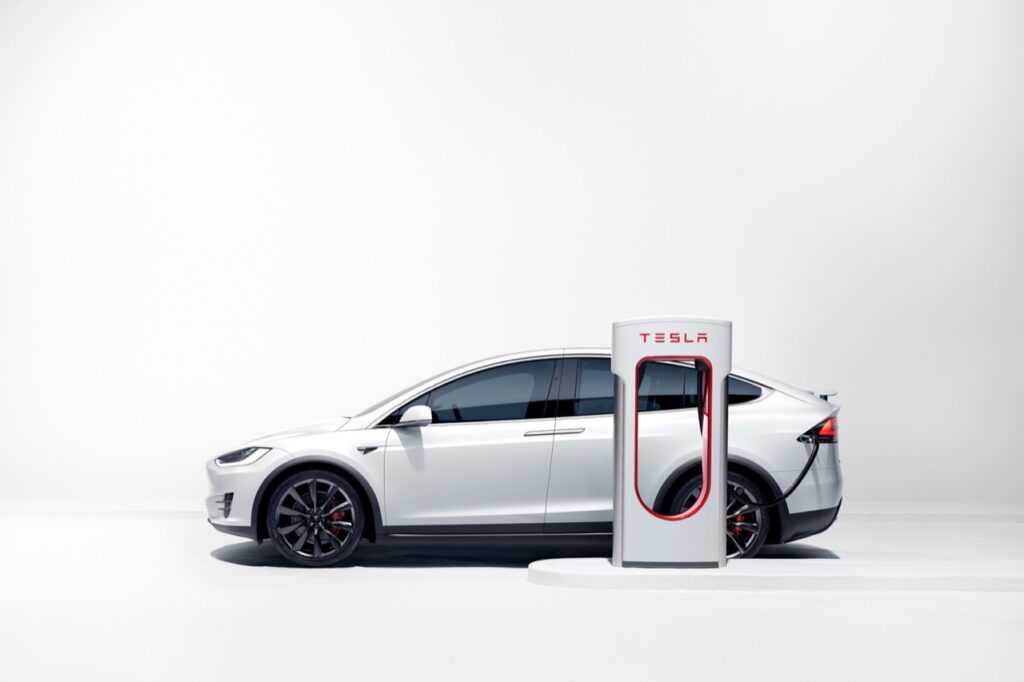Other EV Charging Networks Catching Up to Tesla Supercharger Network in Customer Satisfaction
According to a new J.D. Power study, other EV charging networks are closing the gap on the Tesla Supercharger network in terms of customer satisfaction.
While the Tesla Supercharger network still holds the highest level of customer satisfaction among fast-charging networks, the study revealed that non-Tesla networks have shown improvement. This improvement is based on an analysis of various factors including interest, availability, adoption, affordability, infrastructure, and overall experience.
Interestingly, non-Tesla fast-charging networks saw a 19-point increase on J.D. Power’s scale in the first quarter of 2024 compared to the previous quarter, while Tesla experienced a slight decrease during the same period. This trend indicates positive news for EV drivers in general, as it suggests an overall enhancement in the non-Tesla charging experience.

First Electrify America indoor charging station opens in San Francisco
“Should Tesla’s Supercharger network experience a significant setback or increased competition from challenger brands, it could have a significant effect on a core component of the brand’s value proposition,” J.D. Power stated.
This situation leaves Tesla in a precarious position, especially considering its recent decision to dismiss a large portion of the Supercharger team. Many view the Supercharger network as a key value proposition for the company.
The study also highlighted an overall increase in customer satisfaction with public EV charging, thanks to improvements in non-Tesla networks. Customer satisfaction with DC fast charging rose by 16 points in the first quarter compared to the previous quarter, while Level 2 AC charging satisfaction increased by nine points. These are the largest quarter-over-quarter increases since data collection began in 2021, according to J.D. Power.

Mercedes-Benz EV Charging Hub in Sandy Springs, Georgia
The study’s findings provide a more optimistic outlook on public EV charging, especially considering past reports that highlighted issues such as high failure rates in charging attempts. Efforts are being made to address these challenges, with the Department of Energy emphasizing the need for more flexibility in station controls and offering reduced rates to users.

